favorite native shrubs??
blytherbean
16 years ago
Related Stories

GARDENING GUIDES8 Native Shrubs for Year-Round Bird Feeding
It’s not just about berries. These plants provide insects for birds and seasonal interest for gardeners
Full Story
GARDENING GUIDES15 Native Flowers That Feed Native Bees
These perennials offer superfood to hundreds of bees and are gorgeous in their own right
Full Story
GARDENING GUIDES10 Cold- and Heat-Tolerant Perennials and Shrubs for the Arid West
These flowering native plants shrug off the cold of winter and heat of summer while adding beauty to the drought-tolerant landscape
Full Story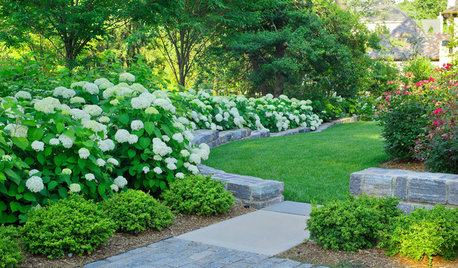
FLOWERS AND PLANTS10 Essential Shrubs for Mid-Atlantic Gardens
Easy-to-grow mid-Atlantic native shrubs celebrate the character of the region
Full Story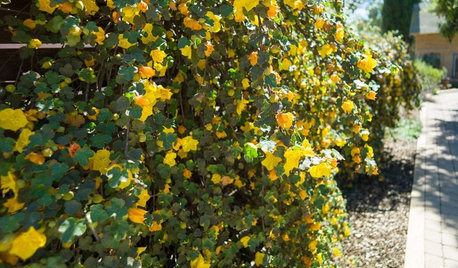
GARDENING GUIDESTidy Up Sprawling Native Shrubs With These Pruning Tips
Sound horticultural pruning methods work for native and nonnative plants alike
Full Story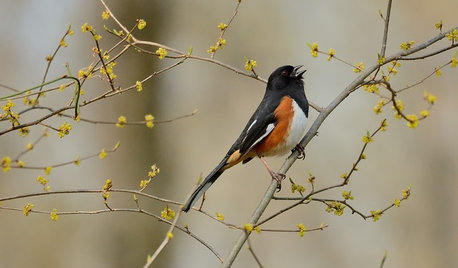
GARDENING GUIDES10 Standout Native Shrubs and Small Palms for Southern Gardens
These hardworking plants serve a variety of purposes, such as screening views and attracting native wildlife
Full Story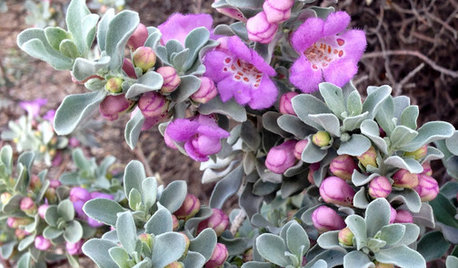
GARDENING GUIDES10 Essential Native Shrubs for Southwestern Gardens
Look no further than these Southwestern beauties for a colorful, low-maintenance landscape
Full Story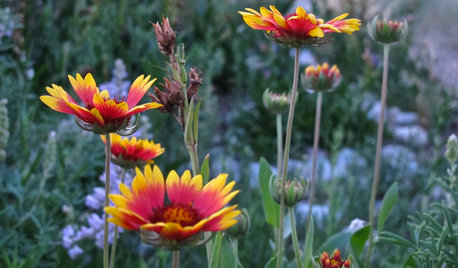
GARDENING GUIDESThese Hummingbird-Attracting Native Plants May Surprise You
These flowers, vines and shrubs offer shelter and food supplies that keep hummingbirds around longer
Full Story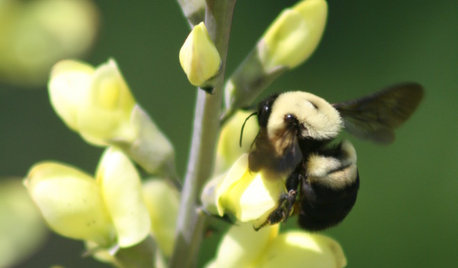
GARDENING GUIDESGreat Native Plant: Baptisia
Bring beneficial bee pollinators with this drought-tolerant perennial that looks like a shrub and acts like a flower
Full Story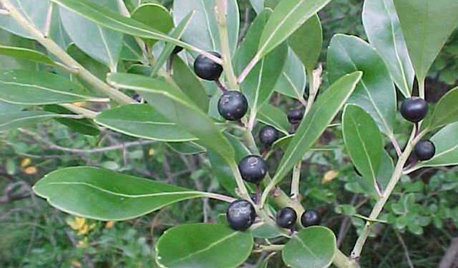
FLOWERS AND PLANTSEasterners: Consider This Native Alternative to Boxwood
Inkberry, or Ilex glabra, excels as a foundation plant or formal hedge perfectly suited to the East Coast
Full StorySponsored
Columbus Area's Luxury Design Build Firm | 17x Best of Houzz Winner!



Okiedawn OK Zone 7
barton
Related Discussions
Native vines/shrubs for front of house bed
Q
Shrubs in Oklahoma and Magnolia Pods
Q
Beautiful South Florida Native Tropical Shrub
Q
Favorite Native Plants
Q
Okiedawn OK Zone 7
blytherbeanOriginal Author
Okiedawn OK Zone 7
susanlynne48
Okiedawn OK Zone 7
blytherbeanOriginal Author
Okiedawn OK Zone 7
susanlynne48
Okiedawn OK Zone 7
susanlynne48
Okiedawn OK Zone 7
bizydiggin
Okiedawn OK Zone 7
susanlynne48
bizydiggin
susanlynne48
bizydiggin